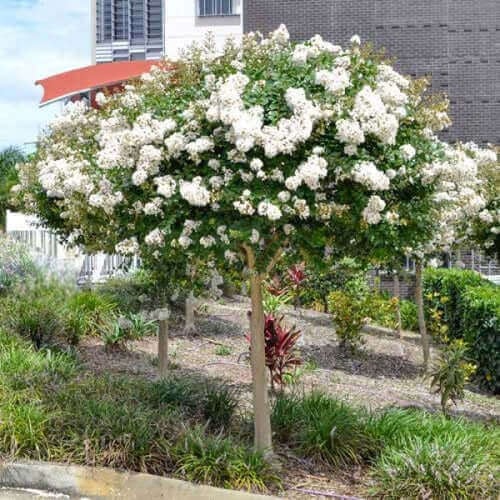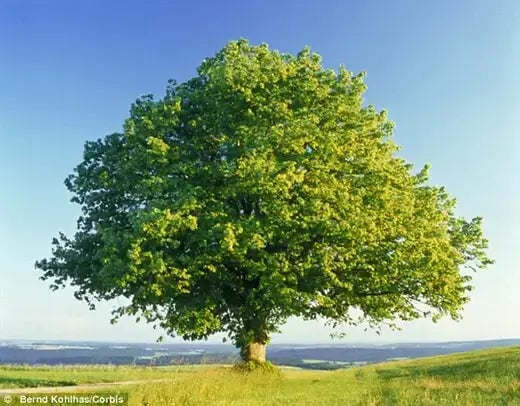DIY Landscaping Saves Home Owners Money
Undoubtedly, having a well-rounded and planted landscaping system encompassing a home will have a significant impact on the property's overall value. Some of the most visually attractive aspects of a home are the decorative materials that adorn the infrastructure and its premises. The landscape of a home can provide for and enhance its visual imagery and offer a significant number of benefits and advantages with their developments and existence. The landscape can comprise many different types of active components, such as flowering trees, shade trees, oak trees, perennials, ferns, ground covers, and much more.
Although the plants of a landscape are natural and ground evolving, they require human care to reach the maximum potential of development and growth. A home with flowering trees can have an enhanced appeal of a pleasant garden of Eden. The different colors, beautiful smells, and depth of beautiful textures can be achieved by planting and properly growing different flowering trees. There are many kinds of specimens, ranging from the sassafras, redbud, flowering dogwood, flowering crabapple, fringe tree, and much more. Each example of a flowering tree gives the scene a sense of allure and calmness. The flowering tree will influence pollinators, as the fruits will be a source of food for birds and small mammals.
Having shade trees in a home's landscape is not only beneficial for the entire atmosphere. As they are some of the world's most excellent sources of oxygen, but will also have a significant role in providing a natural source of shade for the home it encompasses. Therefore, a methodically planted shade tree can assist the homeowner in reducing their electricity costs by lessening the need to use the air conditioning system. As shade trees can block out a considerable amount of sunshine from entering the home, the amount of heat produced within is also reduced.
Oak trees will also provide an enormous amount of shade as they grow to be very large. They also offer various health benefits, such as its bark being used as an astringent and even an antiseptic. Perennials and ferns are also widely seen in many landscapes of homes, and they can live for more than two years. They are both types of plants that grow straight from the soil without any bark in their development.
The landscape's ground covers play a significant role in ensuring the soil is provided with enough nutrients and shading to maintain its overall growth and development. Their existence provides a considerable number of benefits, such as preventing erosion and drought. By covering the soil and dirt areas, the ground covers will add an aesthetic appeal to the landscape view.
Building Your Own Landscaping Tools: A DIY Adventure
Building your landscaping tools offers rewards whether you are a dedicated gardener or someone who loves hands-on activities. You achieve personalization for each tool according to your requirements while gaining fulfillment from making a distinctive and durable creation. We'll discuss why making your tools is beneficial and review the materials you'll need and several starting suggestions.
Customization represents a significant benefit when you choose to make your tools. Pre-manufactured rakes, shovels, and hoes typically come in fixed sizes that might not suit everyone's needs. Custom tool creation allows you to modify handle lengths and select different grip types or materials to create a tool that fits your work style and body type. Yard tasks become more manageable and benefit from enhanced efficiency through this approach. Tools that are both well-designed and comfortable will simplify activities like soil tilling and leaf pile clearing.
You should collect appropriate materials before you start your project. Most landscaping tools revolve around three primary components: Landscaping tools feature three key elements: a handle component, a head or blade section, and securing hardware. Ash and hickory are favored hardwood options for handles due to their resistance to wear and built-in ability to absorb shock. Fiberglass rods are a choice for those who want lighter or contemporary options yet demand special tools and distinct assembly methods. Next, consider the metal parts: Old saw blades and scrap steel can be transformed through forging into spade heads, shovel tips, and hoe blades. Keep bolts, screws, and rivets ready to attach the metal parts to your preferred handle.
Begin with easy-to-make tools like a hand rake or a short-handled cultivator when designing your first DIY project. Begin with a durable wooden head to make a rake, and then drill appropriate holes for the tines before fastening metal rods or secondhand rake teeth. A premade metal rake head can be connected to a handle you design from wood. This project enables you to practice basic woodworking skills and straightforward drilling and fastening methods. A simple small cultivator project requires you to either shape or attach three or four prongs to its handle, which helps develop metalworking skills through manageable tasks.
Progress to more significant tools when you feel confident enough. Creating a shovel head from recycled steel provides an exciting challenge for metalworkers. The process requires heating the metal and shaping it into a bowl or blade before hardening it against pressure. If forging metal feels daunting, you can start by modifying an existing shovel head: You can customize your shovel head by reshaping it to fit your needs and sharpening any edges that require sharpening while also replacing damaged or warped handles. Your imagination and resourcefulness define the extent of what you can achieve.
Safety must always be your top priority when building your landscaping tools. Protective gear, including safety goggles, gloves, and durable footwear, should always be worn. Maintain an orderly workspace and practice patience when trying new techniques. Mistakes happen because they help you learn.
Creating your landscaping tools goes beyond saving money since it allows you to establish a stronger connection with your outdoor environment. Customizing every tool to your personal specifications enhances your pride and ownership in maintaining your garden or lawn. Start collecting your materials now, then map out your projects before launching into a DIY journey that delivers benefits for years to come.
Read more

Benefits with GardeningTN Nurseries best selling perennialsButterfly weedEvening PrimroseCreeping PhloxBlazing StarPoppyDo you have space in your yard but don’t seem to have the time or a clear sch...

Natchez White Crepe MyrtleScientific Name: Lagerstroemia induce x fauriei "Natchez"Hardy Zones: 7-10Growth/Year: 3 to 5 feet per yearHeight: 20' to 30' highSpread: 15 to 25 feetSoil Requirements: D...


